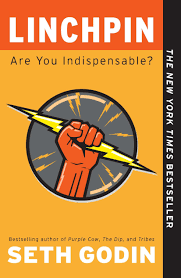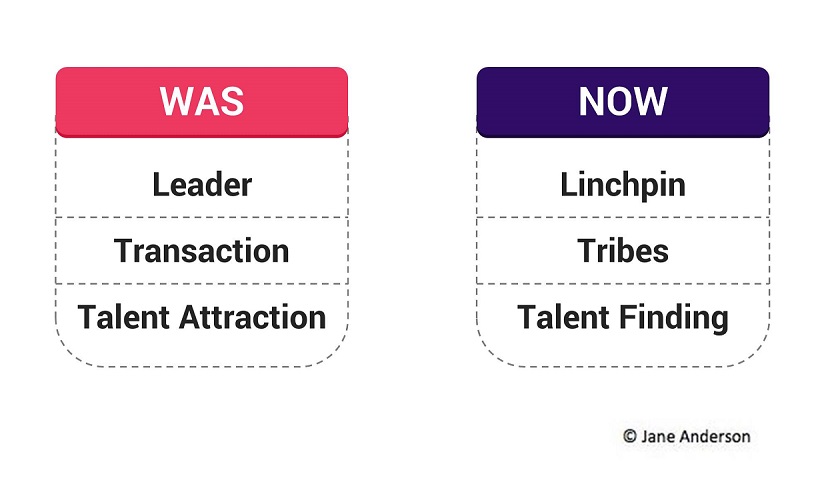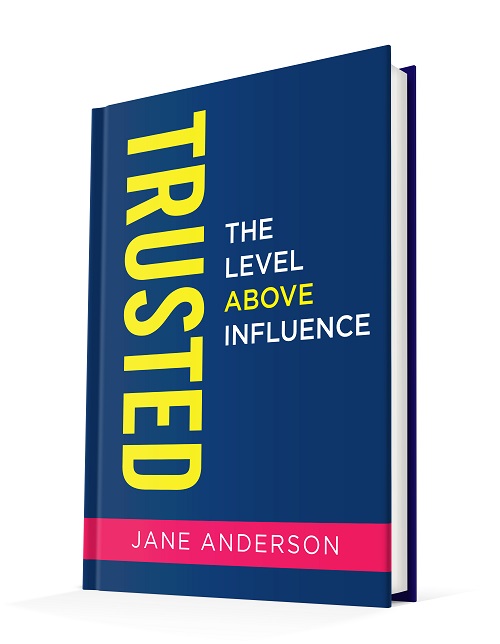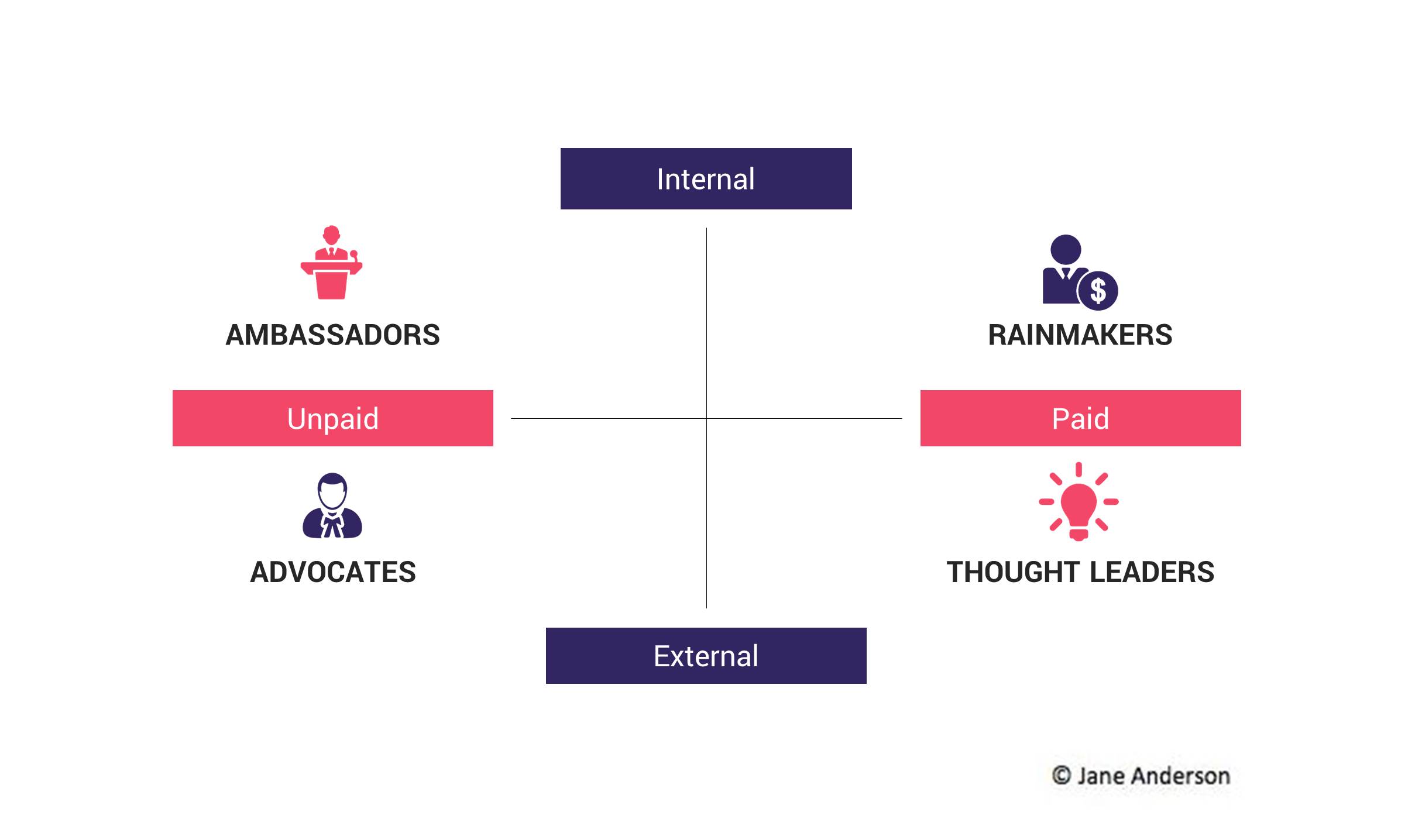In 2011, Seth Godin wrote the book Linchpin. As always, Godin’s work was before his time.
In the book, he talks about the two teams traditionally found in every workplace: management and labour. He also talks about a new third team – the linchpins. These are people who figure out what to do when there’s no rule book. They challenge and delight in their customers and peers. They love their work, they’re committed, they have a strong sense of identity and, in fact, they probably consider their work their art. It’s their way of being fully self-expressed.

Godin shares the inspiring stories of several linchpins. He talks about Keith Johnson, who scouted flea markets across the country to fill anthropology stores with unique products; Jason Zimdars, a graphic designer who got his dream job at 37signals without a resume; and David, who worked at Dean & Deluca coffee shop in New York and saw every customer interaction as a chance to give a gift – and was cherished in return.
We’re seeing more and more of these linchpins today. For leaders in organisations, becoming an ambassador is crucial to truly step into the leadership role. An ambassador is like a linchpin in that their focus isn’t just on the internal – it’s on the connection between the external and internal worlds.
This means the traditional roles of HR and marketing are becoming less exclusive and starting to bleed into the role of leaders as brand ambassadors.
For example, I recently worked with a health fund that was struggling to attract talent. The HR department’s traditional method for attracting talent was to post a job on a job site. The challenge was that although most job-seekers did, in fact, go to that job site, the quality of the candidate pool was quite low. The health fund simply wasn’t attracting the type of people it wanted for the business.
So, what I did was I worked with the health fund to create LinkedIn profiles for its team leaders. These “ambassador” profiles complemented the work the health fund was doing with its LinkedIn recruiter. The combination of these two activities saw an increase of 800% in the applicant pool and a significant improvement to the quality of the candidates. So not only was the health fund getting more applicants, it shifted from a pool of applicants who largely had no tertiary education to a pool of applicants with an undergraduate education.
It’s becoming more and more apparent that ambassadorship is now a key role for leaders in any organisation. According to KPMG’s global CEO Survey in 2017, CEO’s cite reputational and brand risk as a top current concern. Brand was the third most important risk (out of 16 in total), after not featuring in the top 10 in 2016.
CEO’s also see reputation and brand risk as having the second biggest potential impact on growth over the next 3 years.
We’re also finding that customers, executives and talent are asking themselves, “Who really are the leaders we’re working with?” There’s a demand for leaders to be transparent. Most importantly, potential employees need to be able to validate you. Before someone leaves their job to work for an organisation, they ask themselves: “Am I going to be safe? Will it be better than where I am? Will I be treated well? Will I be able to achieve my potential?” To answer those questions, they will look towards the organisation’s ambassadors.
In the past, it was about being a leader. Today, it’s about being a linchpin. In the past, it was about transactions. Today, it’s about tribes. In the past, it was about talent attraction. And today, it is about talent finding.

The average person on LinkedIn has 750 connections. The health fund I worked with had 15 leaders. Multiply that by 750 and you have 11,250 connections! These connections were people who had years of experience, had worked in a number of places and had terrific networks. Leveraging those networks was an incredibly powerful way for the health fund to position itself to attract the right candidates and increase its applicant pools.
So, there are four different types of influencers your business needs:
- Rainmakers – typically a CEO or people whose role is to have a personal brand as well as a business brand.
- Thought Leaders – traditional influencers in their area of expertise.
- Advocates – typically customers who tell a story.
- Ambassadors – the most overlooked yet most powerful way for organisations to leverage the influence of its leaders to attract talent.
So, my questions for you are:
- Do you find it hard to attract great talent to your business?
- How many leaders do you have in your organisation?
- Who would be comfortable and proud to be visible on a platform that doesn’t cost anything to access great talent, not just for their own team but for the business as a whole? How valuable would that be in reducing the cost of finding your ideal talent?
I’d love to hear your thoughts.
_______________________________________________________________________

Jane Anderson is a communication expert, speaker and the author of 6 books including the upcoming “TRUST: The Level Above Influence.” With over 20 years experience helping people step into their personal power, she is obsessed about creating human connection to drive business growth in a world of disruption and automation. To inquire about her working with you or your organisation please contact us here.


